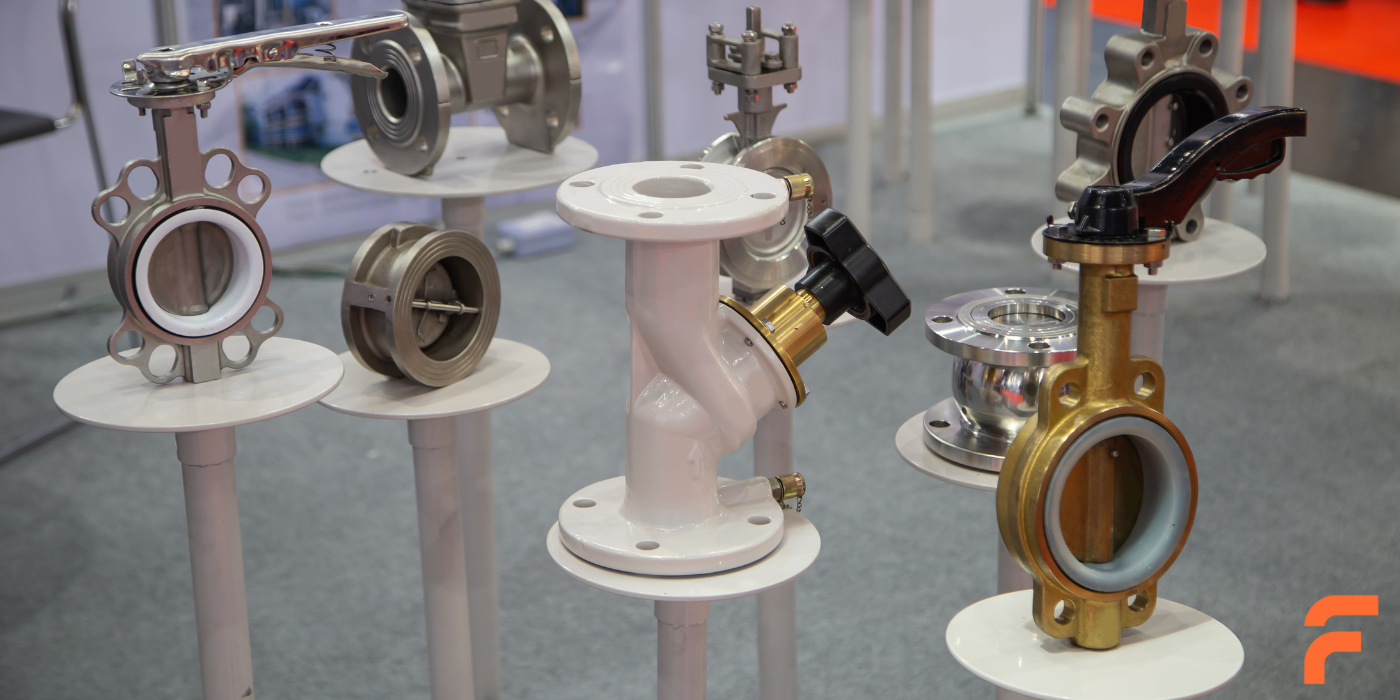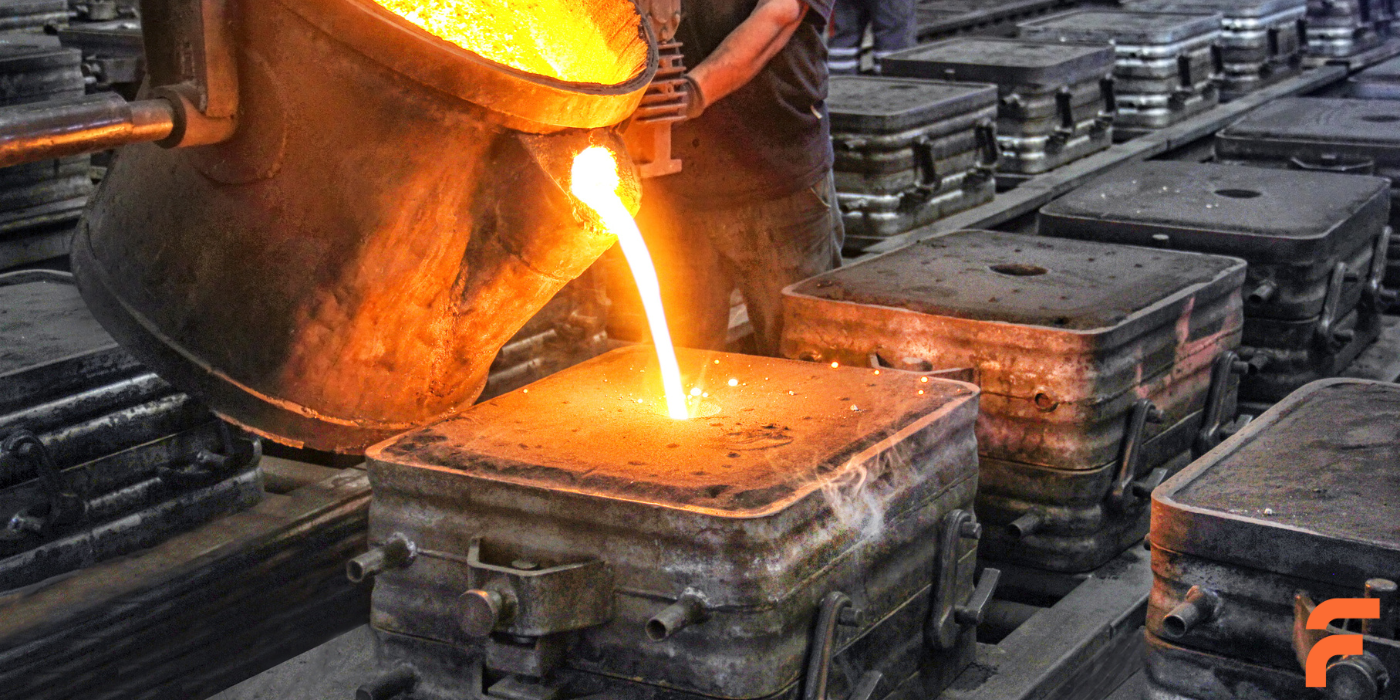Cracks in steel castings can be a significant challenge for foundries, impacting both the quality and integrity of the final product. Understanding where and when these cracks occur, their types, causes, and appropriate corrective actions are crucial for maintaining high standards in steel casting production.
Identifying the Location and Timing of Cracks
Where Do Cracks Occur?
- At hot spots in castings such as ingates, hot risers, and heavy sections.
- Under risers, on the riser contact surface.
- At stress-raisers on casting surfaces, such as small radii or changes in section.
- Inside cored surfaces and adjacent to ingates or chills.
When Do Cracks Occur?
- During solidification and cooling, becoming visible after shakeout and blast.
- During processing activities like grinding, arc air, and welding.
- After heat treatment, particularly quenching and tempering (Q&T).
- Several days after Q&T, known as “delayed cracking.”
Understanding Crack Morphology
Crack Morphology refers to the appearance, pattern, and structure of a crack. It includes:
- The surface appearance.
- The open crack face.
- Cross-sectional views.
Types of Cracks and Their Characteristics
-
Hot Tears
- Morphology: Jagged, discontinuous surface; dark, oxidized face with dendritic regions; deep, wide cross-sections lined with silicates.
- Causes: Hindered contraction during solidification, hot spots or large thermal gradients, mold or core constriction, and low melting-point phases in inter-dendritic regions.
- Cures: Eliminate stress sources, reduce mold/core constriction, reduce hot spots, and lower sulfur levels.
-
Hot Cracks
- Morphology: Tight, slightly jagged surface; small, shallow regions of dark inter-dendritic fracture; discontinuous, dendritic cross-section lined with silicates and oxides.
- Causes: Design features causing stress, localized hot spots, loss of mold support, high pouring temperatures, and presence of Type II sulfides.
- Cures: Follow casting design rules, provide localized cooling, support heavy sections in molds, reduce pouring temperatures, and eliminate veining and Type II sulfides.
-
Ingate Cracks
- Characteristics: Located adjacent to an ingate, similar morphology to stress or hot cracks.
- Causes: Extreme hot spots at ingates, large ingate modulus.
- Cures: Reduce ingate modulus and increase the number of ingates.
-
Bore Cracks
- Characteristics: Found inside cylindrical cored surfaces, parallel to the core axis.
- Causes: Core constraint, hot spots near risers or ingates, stress raisers on cored surfaces.
- Cures: Reduce binder percentage, hollow out cores, use chills, and incorporate cracking brackets in cores.
-
Chill Cracks
- Characteristics: Located under or adjacent to a chill.
- Causes and Cures: Adjust chill thickness and taper the edges of chills.
-
Cold Stress Cracks
- Characteristics: Tight, continuous cracks at stress-raisers, visible after shakeout.
- Causes: Cooling stresses, long delays between shakeout and normalization, hot spots, sub-surface flaws, and stress-raisers.
- Cures: Use cooling fins or chill sands, follow casting design rules, extend shakeout times, normalize quickly, and reduce alloy CE.
-
Riser-Contact Cracks
- Characteristics: Found in riser contact surfaces, appear as jagged or straight cracks.
- Causes: Inadequate preheating, segregation, secondary shrinkage, coarse microstructure, and grinding or quench cracks.
- Cures: Preheat before arc-air operations, reduce segregation and secondary shrinkage, normalize before cutting, and follow proper quenching guidelines.
-
Aluminum-Nitride Cracks
- Characteristics: Meandering grain boundary cracks, visible as-cast with a distinctive “rock candy” fracture.
- Causes: High residual aluminum and nitrogen, slow cooling in heavy sections, diffusion of nitrogen from binders.
- Cures: Reduce nitrogen and aluminum levels, replace aluminum deoxidation with calcium, add nitrogen stabilizers, and shakeout heavy sections at high temperatures.
-
Quench Cracks
- Characteristics: Sharp, straight cracks visible after Q&T heat treatment.
- Causes: Pre-existing surface flaws, sub-surface shrinkage, high hardenability, non-uniform quenching, and delayed tempering.
- Cures: Control alloy composition, inspect for flaws before quenching, manage quench conditions, and temper soon after quenching.
-
Hydrogen-Assisted Cracking
- Characteristics: Cracks in heavy sections occurring days to weeks after heat treatment.
- Causes: High strength steels, high nickel levels, hydrogen pickup during casting.
- Cures: Reduce hydrogen in liquid steel, minimize atmospheric exposure, vent ladles, lighten heavy sections, and provide hydrogen diffusion cycles.
-
Craze Cracking
- Characteristics: Fine, shallow cracks forming a network pattern, visible with magnetic particle testing (MPT).
- Causes: High-temperature oxidation, excessive shakeout temperatures, prolonged austenitizing, surface nitriding.
- Cures: Reduce mold moisture, increase mold drying, adjust carbon levels, and grind lightly to remove cracks.
By thoroughly understanding the types, causes, and cures for cracks in steel castings, foundries can enhance their troubleshooting processes and improve the quality and durability of their products. Implementing these guidelines can help prevent future occurrences and ensure a more efficient casting process.





